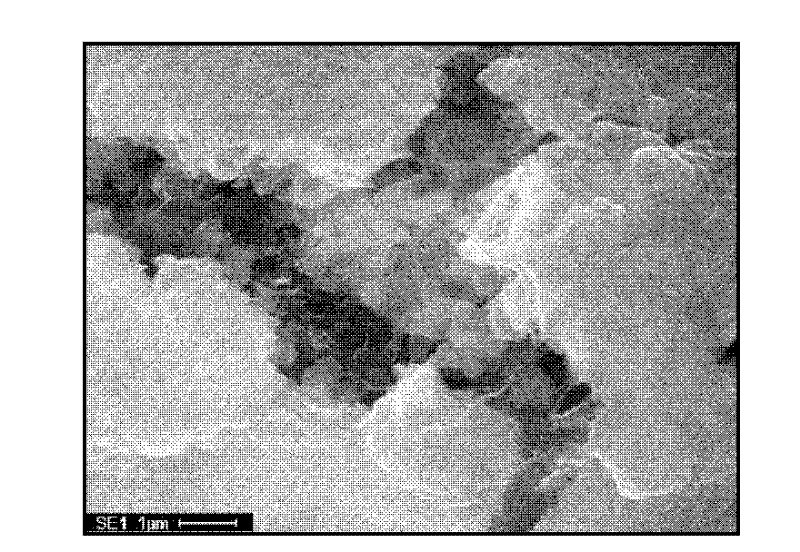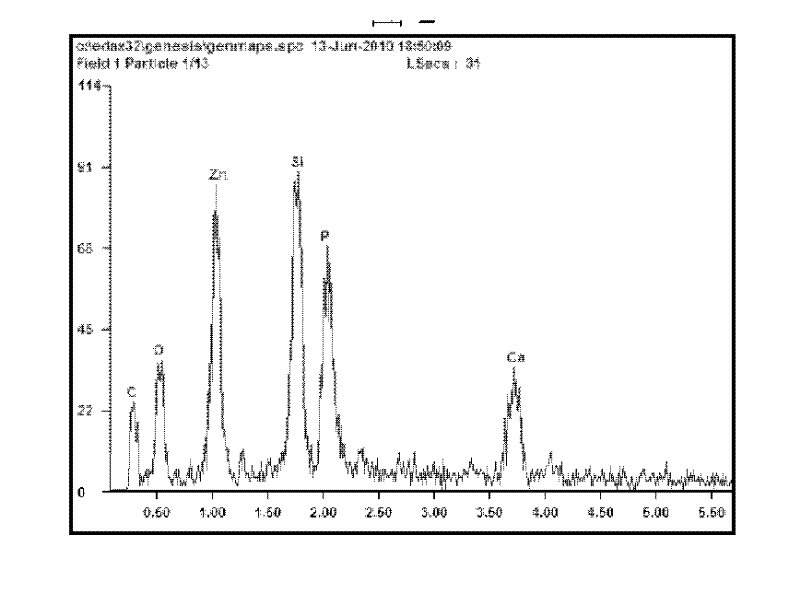Method for repairing microorganisms in heavy metal contaminated soil
A technology for microbial remediation and contaminated soil, which is applied in the field of microbial remediation of heavy metal-contaminated soil. It can solve problems that have not been reported, achieve good remediation effect, reduce plant accumulation, and improve the existing form.
- Summary
- Abstract
- Description
- Claims
- Application Information
AI Technical Summary
Problems solved by technology
Method used
Image
Examples
Embodiment 1
[0043] A microbial remediation method for heavy metal-contaminated soil is provided in this embodiment, which specifically includes the following steps:
[0044] Step 1: Isolation of Rhodobacter sphaericus:
[0045] Rhodobacter sphaericus was isolated from oil flooding water by coating and line-drawing separation methods. The isolated bacteria were identified as Rhodobacter sphaericus by 16sRNA gene sequence determination data and cell morphology and physiological and biochemical experimental data.
[0046] Rhodobacter sphaeroides isolated from oil flooding water in northern China oilfields by coating and line-drawing separation methods are as follows:
[0047] (1) Add 100ml of sterilized liquid culture medium to the Erlenmeyer flask, then add 1ml of oilfield oil flooding water injection, and cultivate for 2 days at 25°C to obtain a medium with oilfield oil flooding water injection, repeat the above process repeatedly , A total of 3 bottles of medium supplemented with oilfiel...
Embodiment 2
[0060] This embodiment provides a microbial remediation method for heavy metal-contaminated soil, which specifically includes the following steps:
[0061] Step 1: Isolation of Rhodobacter sphaericus:
[0062] Rhodobacter sphaeroides were isolated from oil flooding water by coating and line-drawing separation methods. The isolated bacterium is identified as Rhodobacter sphaericus by 16sRNA gene sequence determination data and cell morphology and physiological and biochemical experimental data.
[0063] Bacteria isolated from oil flooding water in northern China oilfields by coating and line-drawing separation methods are as follows:
[0064] (1) Add 100ml of sterilized liquid culture medium to the Erlenmeyer flask, then add 2ml of oilfield oil flooding water injection, and cultivate at 35°C for 3 days to obtain a culture medium added with oil field oil flooding water injection, repeat the above process repeatedly , a total of 5 bottles of medium supplemented with oilfield oi...
Embodiment 3
[0076] This embodiment provides a microbial remediation method for heavy metal-contaminated soil, which specifically includes the following steps:
[0077] Step 1: Isolation of Rhodobacter sphaericus:
[0078] Rhodobacter sphaericus was isolated from oil flooding injection water by coating and line-drawing separation methods. The isolated bacteria were identified as Rhodobacter sphaericus by 16sRNA gene sequence determination data and cell morphology, physiological and biochemical experimental data.
[0079] Rhodobacter sphaeroides isolated from oil flooding water in northern China oilfields by coating and line-drawing separation methods are as follows:
[0080] (1) Add 100ml of sterilized liquid medium into the Erlenmeyer flask, then add 1.5ml of oilfield oil flooding water injection, and cultivate it for 2 days at 30°C to obtain a culture medium added with oil field oil flooding water injection, and repeat the above During the process, a total of 4 bottles of medium supplem...
PUM
 Login to View More
Login to View More Abstract
Description
Claims
Application Information
 Login to View More
Login to View More - Generate Ideas
- Intellectual Property
- Life Sciences
- Materials
- Tech Scout
- Unparalleled Data Quality
- Higher Quality Content
- 60% Fewer Hallucinations
Browse by: Latest US Patents, China's latest patents, Technical Efficacy Thesaurus, Application Domain, Technology Topic, Popular Technical Reports.
© 2025 PatSnap. All rights reserved.Legal|Privacy policy|Modern Slavery Act Transparency Statement|Sitemap|About US| Contact US: help@patsnap.com



